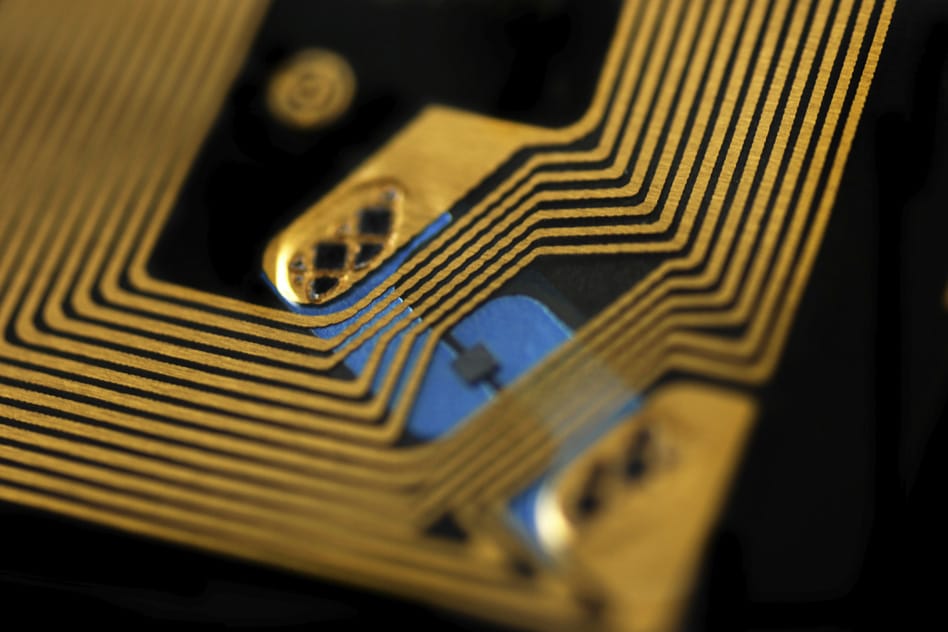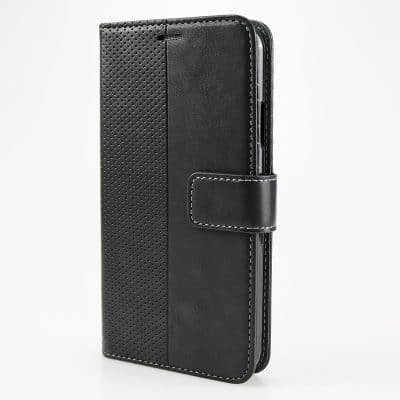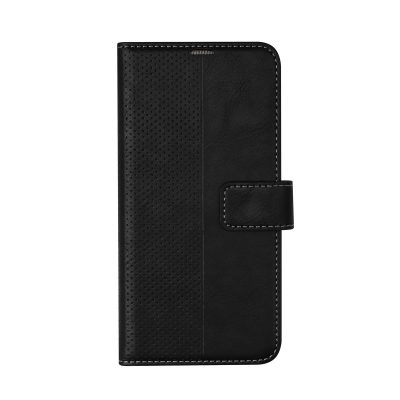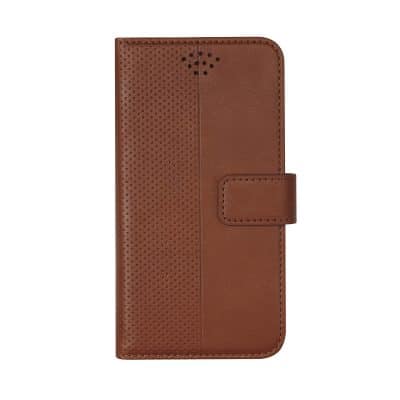RFID tags explained
Radio frequency identification (RFID) tags are popping up everywhere these days. Simply put, RFID’s are unique tags that can be used to identify or track an object. It’s in our credit cards, passports, and some of the products we buy. Even many of our pets have RFID chips in them!
It is an ideal nanotechnology because of its simplicity, scale-ability and affordability. For some people, however, RFID tags pose concerns about privacy, security and possible health risks. In this article we find out if you should be concerned about RFIDs.
How does RFID work?
RFID has an antenna and an electronic chip that emits information when activated by an electromagnetic field reader. An activated RFID tag can be used to communicate remotely. Each tag has a unique identifier, assigned by a single global organization – GS1. Basic tags only store this identifier. The most advanced tags can store up to 1 kilobyte of data, which opens up possibilities for use in a number of fields. The technology also offers better traceability and can be easily monitored anywhere, thanks to its unique identifier.
Some common examples of where RFID tags can be found:
- Retail stores
- Public transportation
- Travel & Leisure
Some common examples of how RFID tags are used:
- RFID tags can replace bar-codes and QR codes. It can be used for tracking packages in the mail or goods in a warehouse. The RFID tag can contain tracking information or just a unique identification code.
- They are also used in modern passports in many countries, including the USA and Canada. When you cross the border, the border agent can scan the passport and the machine can read the data from the RFID chip.
- RFID chips are also used in credit cards with contact less payments. When you tap a credit card to pay for something, the machine reads an RFID chip embedded in the card. They’re also used for transit systems, tolls, and security access cards. They can be read by a machine with a quick tap.
- Many household pets also have RFID chips embedded in them. If your dog or cat is “chipped,” it has a small microchip injected between its shoulder blades. If your pet is ever lost, a veterinarian or animal shelter can read the microchip with an RFID reader. The chip has a unique identification number embedded in it, and the vet or shelter can call up the chip company and see whose name and address is associated with that pet’s unique number.
Should I be concerned with my privacy when using RFIDs?
If the unique RFID tag is paired with the identity of a person, that person can be traced each time the tag transmits its identifier. For example, when RFID tags are used in badges for paying motorway tolls or in public transport passes, the owner of the card is associated with the card itself, as with a bank card. This person can therefore be traced.
Since RFID technology can pose a threat to privacy, there are laws governing its use. To protect people’s privacy, the information collected or stored on RFID tags is subject to the rules set out in the 1995 EU Directive on data protection. The basic principles are clear: the data collection must have a specific purpose and must only concern relevant information. The period for which the data is retained must then be justified in relation to this purpose. It is prohibited to couple an RFID identifier with a person’s identity, unless specifically requested by the concerned person.
Can the RFID’s radio frequency put my health at risk?
The RFID tag does not have an in-built energy source, so the tag alone emits no waves and poses no immediate danger.
However, the tag communicates when it comes within the electromagnetic field of a reader. It is this reader which emits electromagnetic waves at a certain power. Depending on the RFID technology, these readers may emit waves in three frequency bands: 125 kHz for very low frequency (LF) readers, 13.56 MHz for high-frequency (HF) readers and 900 MHz for ultra-high-frequency (UHF) readers.
Its effect on the human body depends on the frequency band used. The radiation level is usually lower than the threshold limit value for humans recommended by the International Commission on Non-Ionizing Radiation Protection (maximum permitted magnetic field = 400 nT for HF technology and 105 nT for UHF). Although, in UHF frequency bands, the magnetic fields span greater distances, measurements have shown that the radiation does not exceed the threshold limit values.
For individuals who are only sporadically exposed to waves emitted by RFID readers, the risk is low. However, in the event of continued exposure, even if radiation levels are low, it is recommended that people maintain a minimum distance of around 20cm from the readers at all times.
Research is also being conducted into potential electromagnetic incompatibilities with medical devices such as pacemakers.
Conclusion
RFIDs can be useful tools in conducting business and everyday life. But before using it, you should be aware of the possible risks that comes with the convenience of using an RFID tag.
Do you have any comments about RFID tags? Share them in the comments below.
Looking for ways to protect yourself from harmful radiations? Visit www.vesttech.com.





